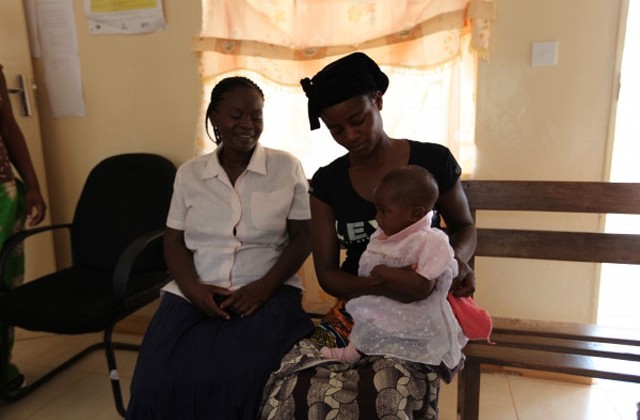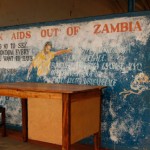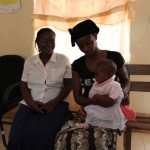UNICEF & user-centered design
UNICEF delivers 60% of the world’s vaccines. However, until recently, the humanitarian organization did not have a way of confirming if their vaccines were reaching the people that truly needed them the most. A lack of real-time feedback was compromising the health of millions.
UNICEF is run centrally through the Program Division in New York City. Typical measurement activities used to take years to return results, making real-time improvements impossible to implement. The desire for real-time feedback and improvements lead UNICEF to launch a design program incorporating user-centered design and real-time data collection methods.
The new program utilizes low-cost mobile technology to produce feedback and to measure results from vaccinations. The mobile devices deliver HIV lab results in real time to rural clinics. A messaging system was developed that relays the results to community workers and then directly to mothers. The platform has improved results communication times from weeks to minutes.
As more countries demand this technology, UNICEF needed to learn a better way of engaging with stakeholders. The program facilitated the formation of relationships between health-workers, community leaders, mothers and children in need, UNICEF, the clinic, the district and finally the country.
The end result of the project came about through an iterative design process consisting of collaborative concept development, prototyping and user research.
This new model of work prioritizes the needs of the user, seeking to make their work more efficient and meaningful. Rapid prototyping and early involvement are seen as success factors. Stakeholders were given an opportunity to participate in the design process by participating in collaborative workshops; during which the process was explained and further developed.
A guidebook has been created to help countries plan, design and integrate mobile services into their routine of work. A detailed set of planning tools is in development.










